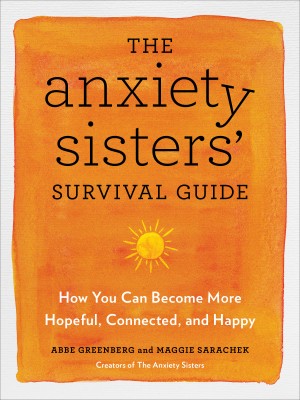In a deft blend of memoir and historical account, Susan Paola Antonetta’s The Devil’s Castle: Nazi Eugenics, Euthanasia, and How Psychiatry’s Troubled History describes the ways in which eugenicists in both the US and Germany influenced and, in part, created the founding beliefs of psychiatry, and how these beliefs emboldened the Nazi regime to enact a eugenic agenda throughout World War II, wherein the Nazis killed tens of thousands of Germans and Jews that they deemed “feeble-minded” or without “the will to live.”. Starting from the 1800s, the book pushes through to the present day, where Antonetta describes her lifetime of “experiencing” (a less stigmatizing term she uses in lieu of the word psychosis) and how it was dismissively and deprecatingly treated by the psychiatrists who were meant to help her.
To no surprise, The Devil’s Castle is a dispiriting book. Learning about the Nazi’s eugenic beliefs and practices was not surprising, but the detail which Antonetta goes into about how little regard they had for the lives of the neurodivergent makes it at times challenging to get through. Thankfully, Anotonetta intersperses the more agonizing passages of her book with the stories of two “experiencers” who became important figures in reimagining the treatment of the neurodivergent: Paul Schreber and Dorothea Buck. Both were writers who spent long periods in German psychiatric institutions before and after the war, their rights revoked as they were treated cruelly and without dignity, and their writings on both their treatment in these institutions and their “experiences” themselves are explored to their fullest in The Devil’s Castle, demonstrating how their “experiences” offered insight into the nature of life that the neurotypical don’t necessarily have access to.
Antonetta’s detailing the legacy of Emil Kraepelin, a German psychiatrist and supposed “father of psychiatry,” who was a eugenicist, challenges the validity of the biology-based approach psychiatry currently has. Kraepelin, feeling little empathy for those he treated, saw mental health issues as stemming solely from biological factors, which meant that they could only be treated by biological cures, like medication or surgeries, rather than other options, like talk therapy or having their “experiences” be given greater consideration. Antonetta marks the path from Kraepelin to current pharmacological treatment of mental health issues and how the Kraepelinian mode of treatment has in part resulted in a system where psychiatrists meet with patients for twenty minutes, documenting symptoms but learning little of their patients’ lives, before prescribing.
The Devil’s Castle is a sobering and disheartening — yet important — text. It shines a light onto a neglected history of World War II and onto a population that, too, has been neglected and mistreated.
Benjamin Selesnick is a psychotherapist in New Jersey. His writing has appeared in Barely South Review, Lunch Ticket, Tel Aviv Review of Books, and other publications. He holds an MFA in fiction from Rutgers University-Newark.





